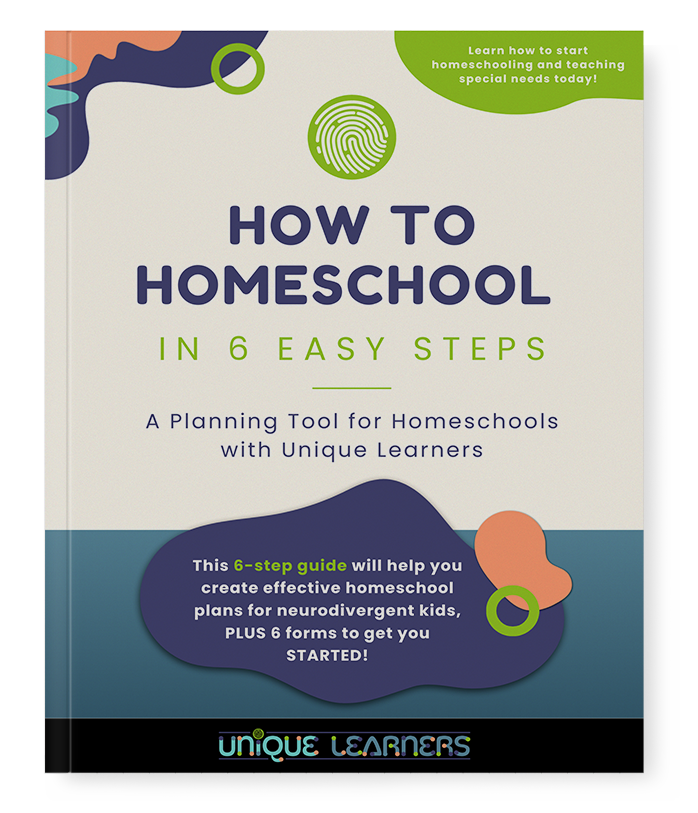The SEAT Functions of Behavior Poster is a handy reminder for homeschool parent to help discern the underlying meaning behind a child’s behavior, regardless of age, personality, or special needs diagnoses. All children communicate through their behaviors. In fact, Loris Malaguzzi, one of the founders of the Reggio Emilia approach, described children as having 100 languages! Behaviors are definitely woven into those hundred languages. Research in autism has revealed four main purposes of behavior in any child, not just those with autism. Identifying the four functions of behavior can be tied to ABA Therapy, but applying ABA Therapy strategies is NOT essential in determining ways to manage behavior.
Understanding the four purposes or functions underlying behavior is only the first step in managing difficult behaviors, especially in the homeschool setting. You can download this Functions of Behavior Anchor Chart / Post here.
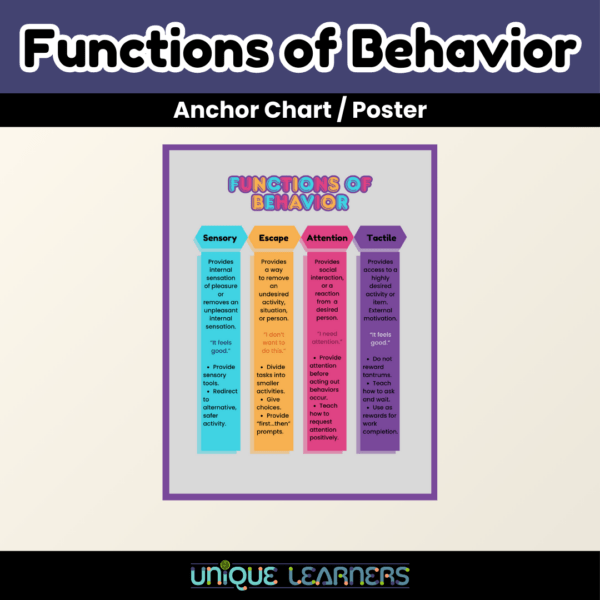
The four purposes or functions of behavior fit into the acronym: SEAT. S is Sensory Seeking. E is for Escape. A is for Attention. T is for Tactile Seeking. Once you determine the main function of your child’s behavior, it is easier to decide your response for dealing with the message being communicated. Let’s deal with each function individually.
S is Sensory
If your child has autism, it is easy to see the sensory self-soothing behaviors of rocking and flapping. But all children have behaviors that are self-soothing. Some kids feel itchy when they are stressed. Some need to pace or feel the sensation of hanging upside down on the couch. Some kids are often hot like to swim or take cool baths. Others are frequently cold and like hot showers or big sweaters to feel comfortable. These are only a few examples of how kids can be distracted from learning due to sensory needs.
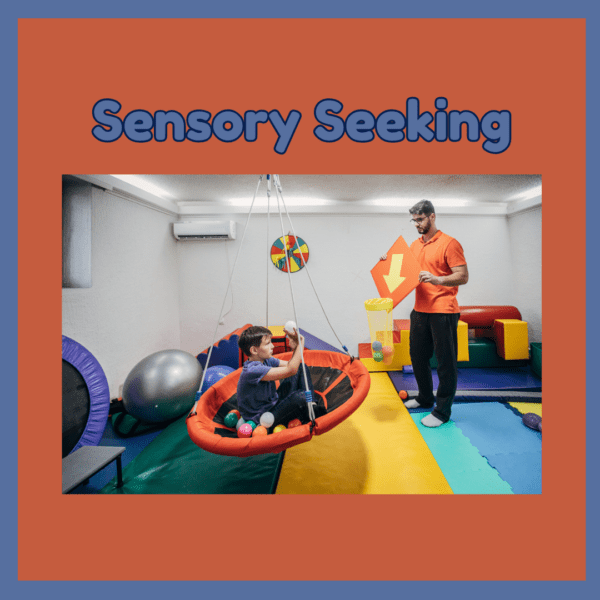
Of course, some kids with special needs have sensory avoidance behaviors because the stimulation is just too much, and they become easily overwhelmed. Kids with autism tend to be both sensory seekers and avoiders. Academics may even trigger sensory needs. As a parent (and as a provider), it is often difficult to determine when to wean a child from sensory input or create accommodations for sensory avoidance.
I had a student once who would get itchy every time we did a reading task. Something triggered in the brain to be itchy when decoding words. For awhile, we would gently scratch or rub his arms and back, but eventually, reading and itching were becoming so paired, that we needed to find ways to help him read without needing sensory input. It took awhile, but went much more smoothly by gradually weaning him off than a drastic behavioral extinction protocol
Accommodations for kids who are sensory avoidance can include headphones, cognitive training by prepping through coaching, sun glasses, waterproof jackets of various fabrics that are not nylon because nylon is like fingernails on a chalkboard for some kids. Using a warm, wet washcloth or a bath instead of a shower because some kids describe showers as prickly.
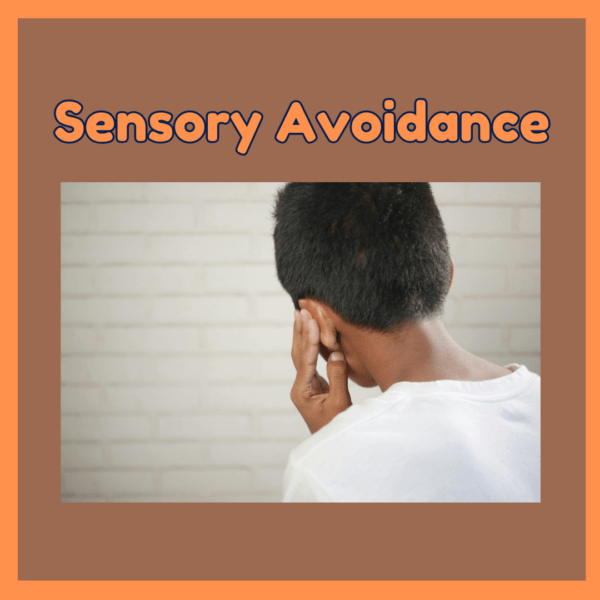
Just because your child has behaviors due to sensory needs, doesn’t mean there is something wrong with your child! Often we jump to wanting to diagnose children with something when their behavior is a bit different. No worries! You probably noticed the behavior first and wondered what your child was doing. Once you have determined that your kiddo is just needing some kind of sensory input, then you can determine whether to even intervene to stop the behavior. If you think managing the behavior is needed, you can decide to redirect the child to have a sensory tool to fidget with or adjust to a particular time when those senses can be addressed.
E is for Escape
We all have things we like and dislike. Elopement is common for kids with autism. Yet, even neurotypical kids avoid tasks they perceive as difficult or boring. Escape is different than sensory avoidance. Escape is when someone is purposefully trying to avoid doing or participating in a task, not a sensation. If allowed to persist, escape can develop into perpetual procrastination. Of course, if a child is fearful or anxious, you probably want to allow escape to alleviate the fear response to a learning activity until there is an opportunity to address the need to escape. Even in the case of panic or fear, you can adjust the way learning activities are presented to reduce the perception of threat.

For example, if you present a worksheet of math facts to be practiced, many children who struggle in math will likely sit doing nothing, hide the worksheet, cry, or simply refuse to do the work. I’ve heard homeschool moms say their child sat for hours avoiding a simple worksheet that could have been done in 10 minutes. Yes, doing nothing can be a form of escape.
What can you do? First, you can make your child feel “safe” by sitting next to them while doing your own task. You can set a timer and challenge your child to do as much as possible in the set time, and then they can be done. Some kids will respond eagerly to being given a limit to the time; however, others may become more anxious and stressed. One of the best ways to eliminate the need to escape is to eliminate a paper work and test approach. Make practice into a game or hands-on moving activity. Vary how you plan the teaching presentation, independent practice, and progress monitoring. When a child feels safe and that an activity is worth doing, you will see less escape behaviors.
A is for Attention
Kids thrive on attention. Many new homeschool parents want to have their children do school work on a computer while they are busy with their job. Regardless of your homeschool approach, your child NEEDS recognition and feedback that you have noticed their efforts. Just like you hug and kiss your kids each day, telling them you love them, they also require your attention for their school work. Some kids need very little praise or rewards for their work. Many kids need more attention that they typically get. Talk to your kids. Talk a lot. Encourage your kids that they are doing a great job. Find something to acknowledge. Be specific.

If your child has ADHD with issues with impulsivity or being distracted or constantly moving, you can adjust how you do learning to take advantage of impulse responses, reduce distractions, and allow your child to learn while moving. Many kids with ADHD learn much more effectively in a homeschool than in a classroom with many restrictions on choices and movement. We’d love to have you join our Unique Learners community on Facebook to share ideas that have worked and share your questions with other moms who have faced what you are facing with attention-seeking behaviors.
T is for Tangibles
While we all desire that our kids will be self-motivated learners, the reality is that learning is hard work sometimes. When children are young, you can structure your homeschool to allow your child freedom to explore and move to learn. As they move into elementary years, some kids are motivated only to play and require training to develop good work habits.
The word “tangibles” mainly means external motivators that help to guide a child to fulfill their responsibilities for working on chores or school tasks. Although not really something that can be held or felt, praise and time spent with you are the very best motivational rewards you can give your child. Praise and time is sometimes the last form of reward we think of!
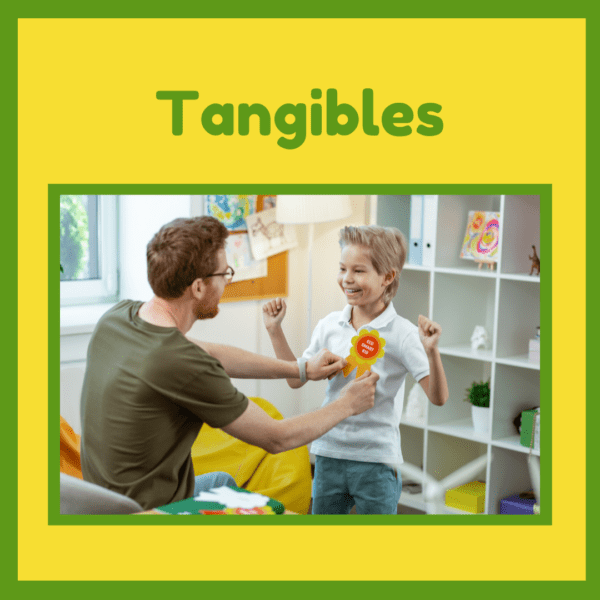
Actual tangibles can be stickers, little fidget toys, a new book, or a special dessert at dinner. You can use a token economy to “pay” your child for their hard work on school. Using school bucks or a point chart can be an good visual way for your child to see how much work has been accomplished, especially if your homeschool approach uses more hands-on, engaging activities rather than workbooks.
As our kids who are unique learners get older, we can change the tangible reward behaviors to focus more on internal motivation and self-determination by maintaining the relationship between you and your children that provides encouragement to be confident, creative, and communicate when they need support. Tangibles will always remain to some degree as teens seek a job for pay or prepare for a salaried career in adulthood.
If you are struggling with behaviors that your kiddo is displaying, the SEAT Functions of Behavior poster can help you to identify what those behaviors are communicating. If you feel alone and without any direction to turn, know that you are not alone! You are welcome to be part of our Unique Learners community for ideas and encouragement!
